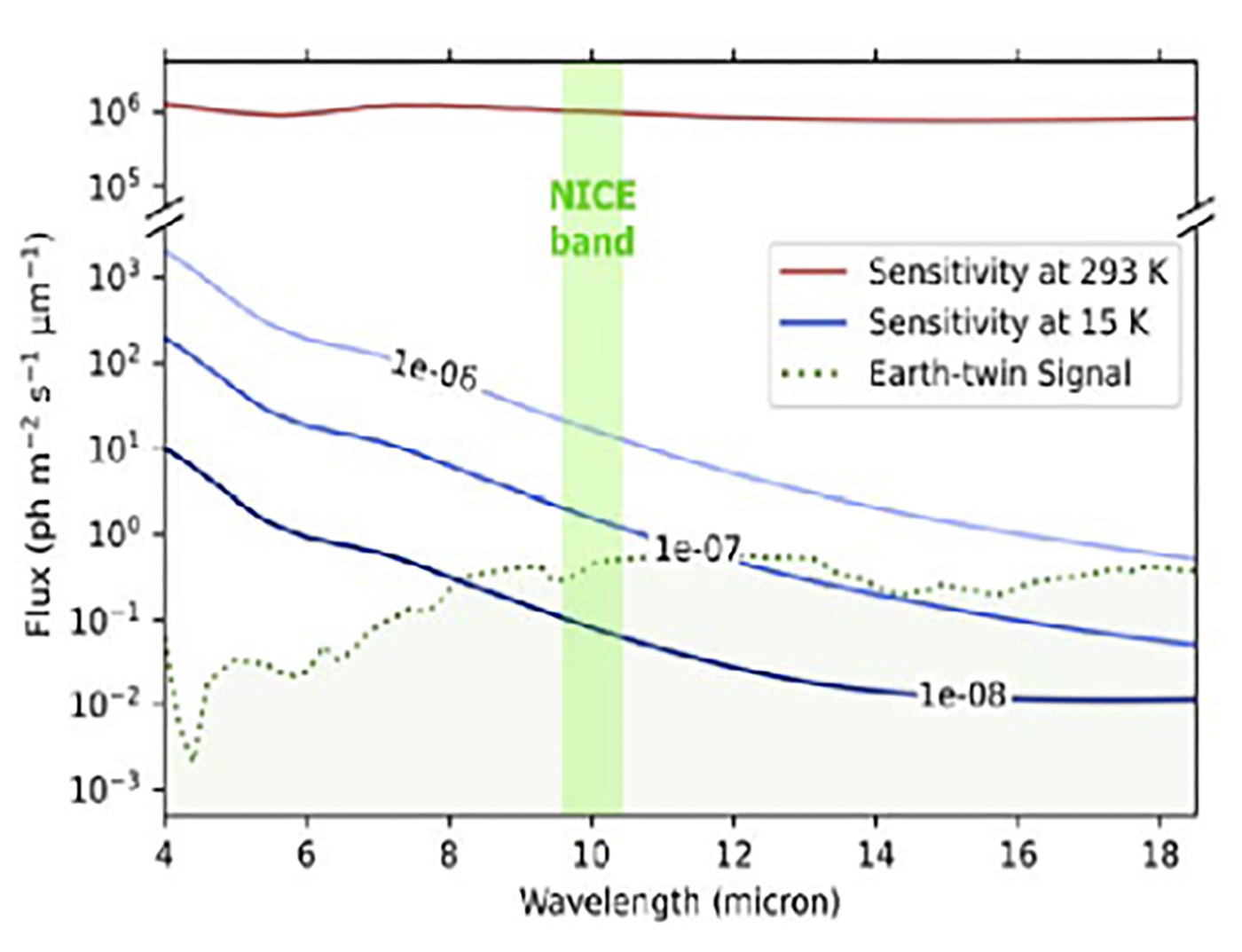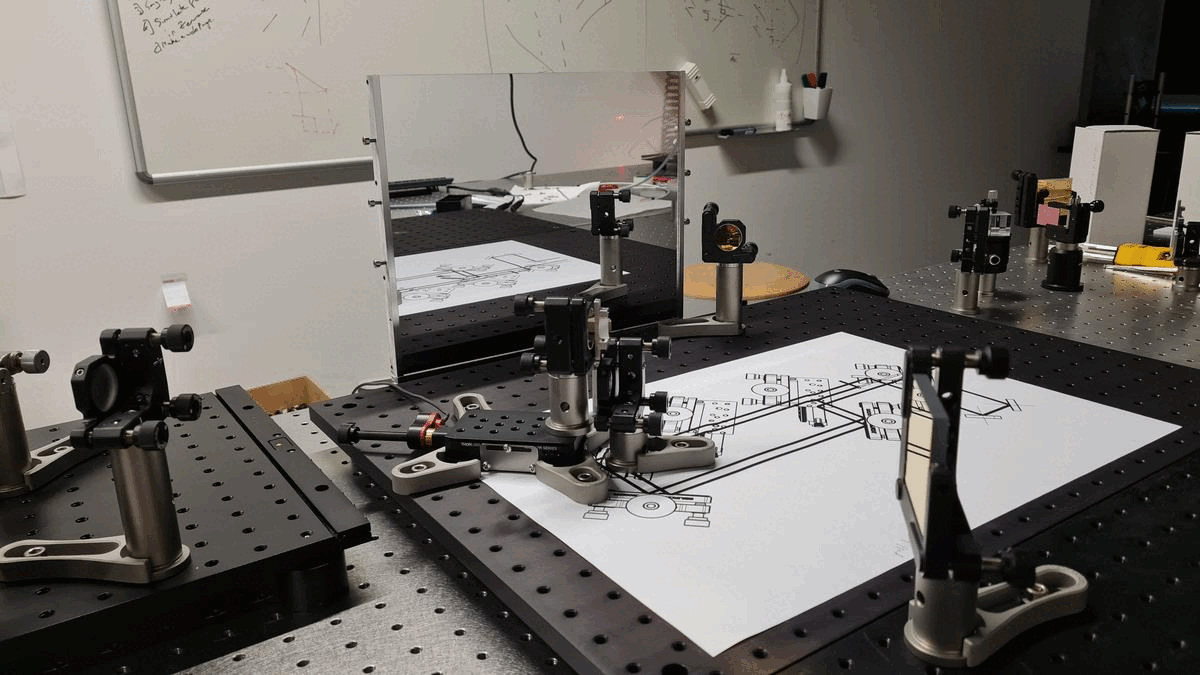NICE
Nulling Interferometer Cryogenic Experiment
What is NICE?
NICE is a nulling interferometer test bench for LIFE* built at the Exoplanet and Habitability group at ETH. It aims at demonstrating sensitivity and stability limits that LIFE will achieve in order to detect earth like exoplanets at 10pc solar neighborhood in 4-18 μm wavelength region.
What are the requirements for NICE?
Several nulling testbenches were built in the past (Martins et al 2012). They achieved high stability but did not demonstrate sensitivity limits required to detect faint terrestrial exoplanets within 10-20pc of our solar neighborhood. So, NICE will be the first cryogenically cooled nulling interferometer that demonstrates terrestrial exoplanet imaging.
To achieve high sensitivity, the instrument must have high throughput. In NICE, intensity and polarization mismatch are minimized with a symmetric optical design. Spatial filtering is performed on high order wave-front aberration and lower order wave-front error is corrected using a deformable mirror. Lastly, the instrument is cooled to cryogenic temperatures.
To summarize, the requirements of NICE is to achieve a Null depth of 10-6 and detect earth twin at 10pc.
Why should NICE be cryogenically cooled?
NICE is intended to operate at 4 - 18 μm mid infrared wavelength region (MIR). At room temperature, the thermal background dominates and the weak planet signal (simulated) cannot be detected. To suppress the thermal background the instrument is cooled. The figure below shows that a decrease in temperature increases the sensitivity of detecting an Earth twin at 10 pc around a Sun like star.

What are the functional units of NICE?
The optical layout of NICE is mainly divided into two parts, the source simulator and spacecraft simulator. The source simulator simulates a star and an exoplanet around it. The spacecraft simulator simulates the active optics and beam combiner of a spacecraft, that are used to perform nulling interferometry.

Are there additional requirements for NICE to go cryogenic?
There are several requirements for NICE to go cryogenic. But one of the most important requirements is repeatability. In cryogenic conditions, the components of NICE are not accessible. So, the optics have to be built with a predetermined alignment procedure, that can produce functional units of NICE in a repeatable manner. An alignment procedure is devised and the GIF below shows the alignment of NICE in steps of functional units.
Once the alignment is completed, active elements viz., the delay line and tip-tilt mirrors (shown with blue and green arrows in the optical setup) is used to maintain the alignment of the setup. A metrology system is used in the setup to measure the drift in the alignment and forms a closed loop feedback with the active elements to correct for the drift.

For More information on NICE refer to this paper
external page SPIE
Contact –
Adrian Glauser – glauser@phys.ethz.ch
Mohan Ranganathan – mrangana@ethz.ch
Thomas Birbacher – thomabir@student.ethz.ch